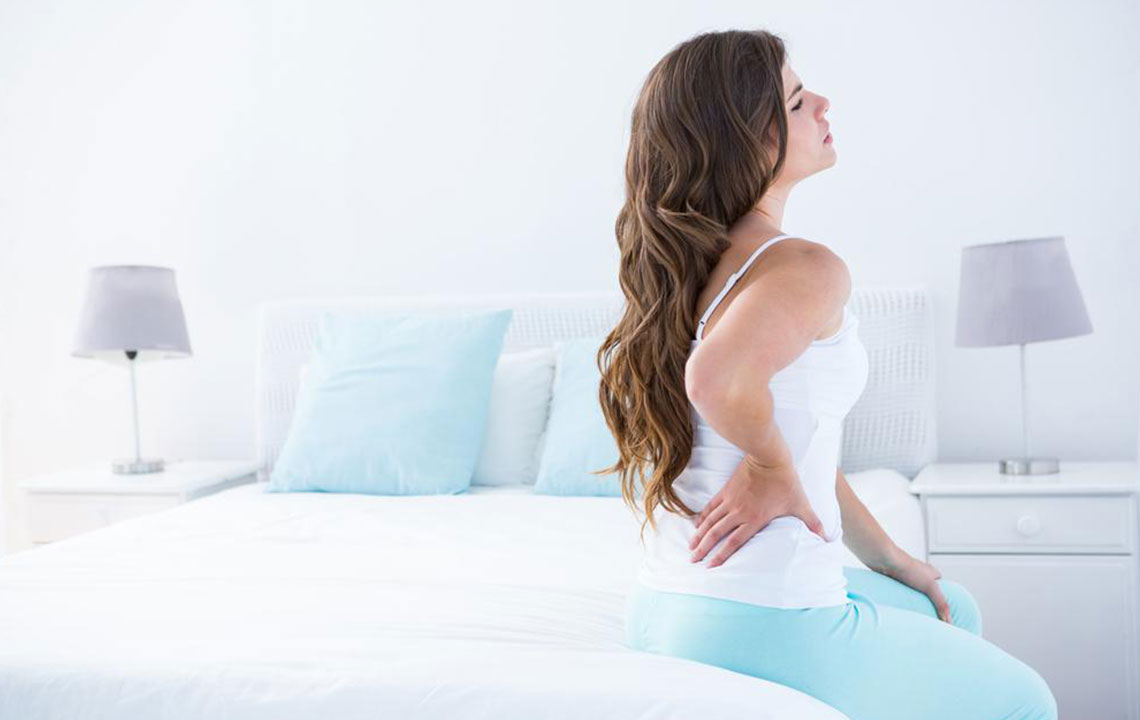Comprehensive Home Strategies for Relieving Back Discomfort and Pain
Learn practical and effective home remedies to manage and alleviate back discomfort. This comprehensive guide covers resting techniques, posture tips, hot and cold therapies, and gentle exercises to help you reduce pain, improve mobility, and enhance back health from the comfort of your home. Perfect for those seeking non-invasive relief options for mild to moderate back issues.

Effective Home Strategies for Managing and Relieving Back Discomfort
Back pain is a common issue that affects millions of individuals worldwide, often leading to significant discomfort that hampers daily activities and diminishes quality of life. Whether the pain is localized in the lower or middle back, it can cause fatigue, reduce mobility, and lower overall energy levels. While severe back injuries or chronic conditions may necessitate medical interventions such as medications, physical therapy, or even surgical procedures, many cases of mild to moderate back discomfort can be effectively managed with home remedies and lifestyle adjustments. This article explores comprehensive strategies that can help alleviate back pain from the comfort of your home, promoting faster recovery and better back health.
Understanding the importance of proper rest, posture, targeted therapies, and gentle physical activity can significantly contribute to reducing back discomfort and preventing future episodes. Implementing these practical methods can improve your overall back health, helping you regain comfort and mobility without relying solely on invasive treatments.
Prioritize Rest and Maintain Proper Posture
Rest is fundamental in any effective back pain management plan. Giving your back adequate time to heal by avoiding strenuous activities allows muscles and ligaments to recover and reduces strain. It’s essential to balance rest with gentle movement—remaining immobile for extended periods can lead to muscle stiffness and exacerbate discomfort. A good night’s sleep on a supportive mattress and maintaining correct posture during daily activities are crucial in this process.
In addition to rest, maintaining proper posture when sitting, standing, or lifting objects prevents undue stress on your back. Use ergonomic furniture and avoid slouching or twisting your spine unnecessarily. Proper posture alignment ensures that weight distribution is even across your back and reduces the likelihood of muscle fatigue and strain.
Practicing ergonomics at home and work—such as adjusting chairs, desk height, and computer screens—can make a significant difference in preventing back pain and supporting natural spinal alignment. These steps collectively help your body's healing processes and ease ongoing discomfort.
Applying Hot and Cold Therapy
One of the most accessible and effective home remedies for back pain relief involves applying heat and cold treatments. The choice between hot or cold therapy depends on the nature of your injury and the type of pain you are experiencing.
For recent injuries that involve inflammation and swelling, cold therapy is highly recommended. Applying an ice pack or a cold compress during the first 24-48 hours can help constrict blood vessels, reduce swelling, and lessen pain. Remember to wrap the ice pack in a cloth to prevent frostbite and apply it for about 15-20 minutes at a time, with breaks in between.
For chronic pain or degenerative conditions like arthritis, heat therapy can be very soothing. Using a heating pad, hot water bottle, or warm compress helps relax tense muscles, increase blood flow, and promote healing. Heating treatments should be used cautiously—never beyond 20 minutes—and with a barrier between the heat source and your skin to prevent burns.
Alternating between cold and heat therapies can also be beneficial for certain conditions, offering a synergistic effect in pain relief and inflammation reduction. Always consult a healthcare professional if your pain persists or worsens.
Incorporate Gentle Movement and Physical Activity
While rest is important, complete immobilization of the back can lead to stiffness, muscle weakening, and increased discomfort. Therefore, incorporating mild physical activity and gentle stretching into your routine can significantly improve back health. Light exercises help maintain flexibility, strengthen supporting muscles, and prevent spasms.
Activities such as walking, swimming, or specific stretching routines tailored for back pain can stimulate blood flow, delivering essential nutrients to tissues and encouraging healing. Endorphins released during light activity act as natural pain relievers, reducing the perception of discomfort.
Despite the benefits of activity, it’s crucial to avoid strenuous or high-impact exercises that could worsen your condition. If you experience significant pain during movement, it’s advisable to stop and consult a healthcare professional for targeted therapy options. Consulting with an orthopedic specialist or physical therapist can help you create a safe and effective exercise regimen tailored to your needs.
If home remedies do not provide adequate relief or if the pain worsens, seeking professional medical advice becomes essential. Persistent back pain might indicate underlying issues such as herniated discs, spinal stenosis, or other structural problems that require specialized treatment.
Overall, effective back pain management at home involves a combination of adequate rest, proper posture, targeted heat/cold therapies, and gentle movement. Adopting these strategies can help you achieve quicker relief, prevent future episodes, and restore your back’s health. Remember, if your symptoms persist beyond a few days or worsen, always consult your healthcare provider for a comprehensive diagnosis and personalized treatment plan.





